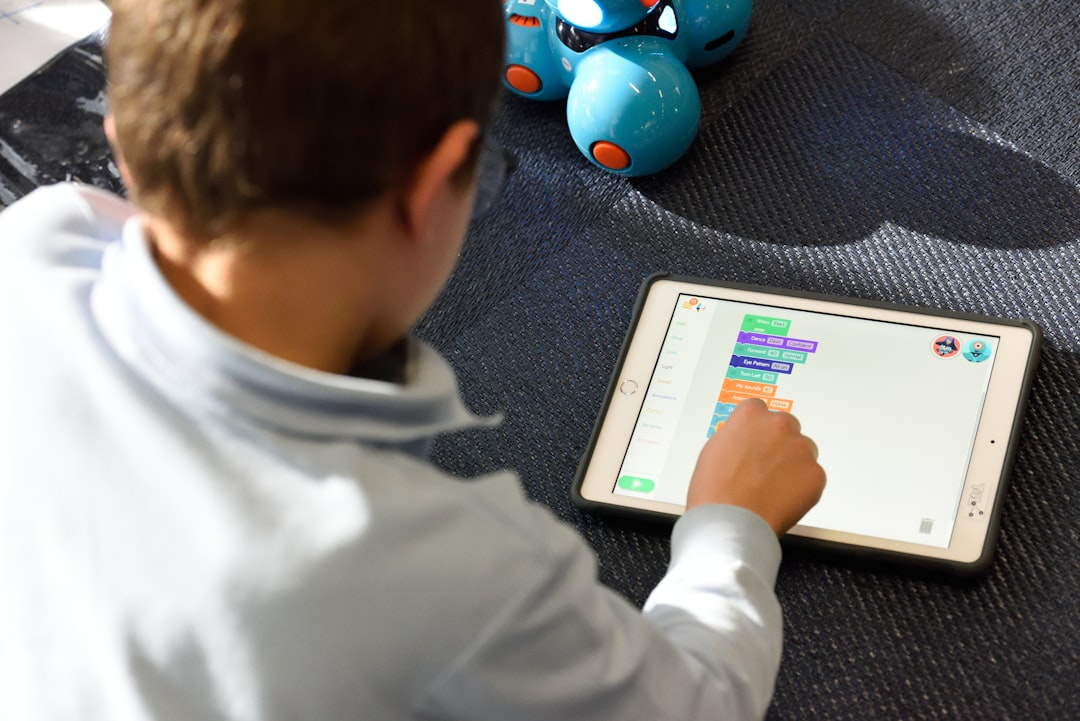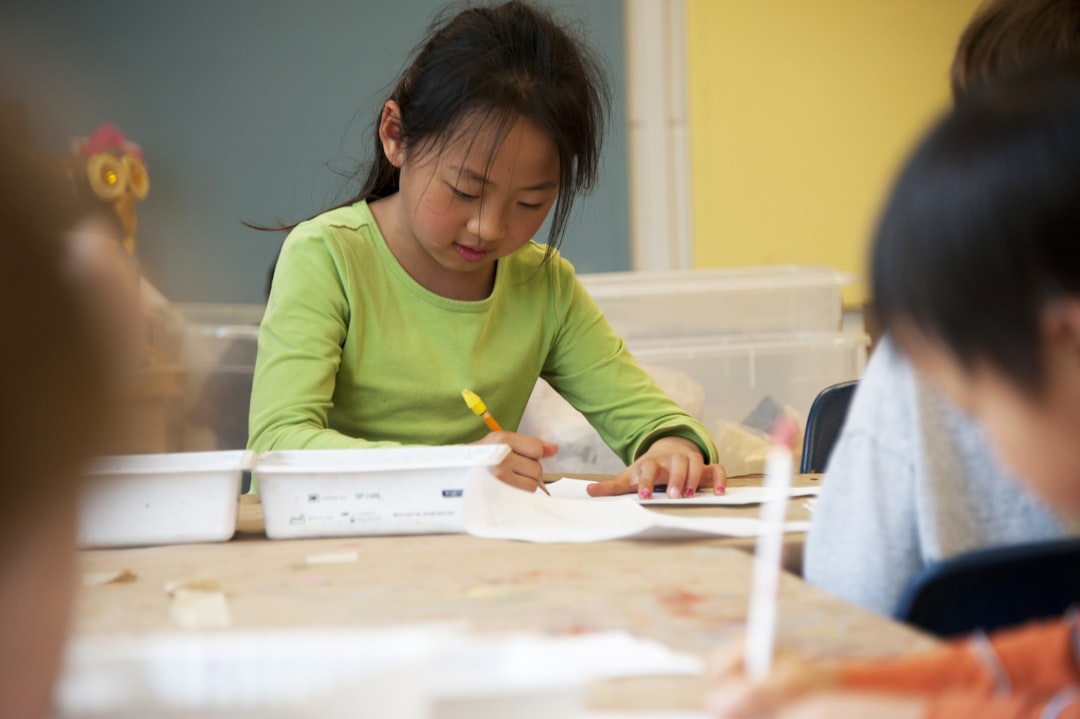In the rapidly evolving world, the integration of technology into educational frameworks has become indispensable, particularly in shaping the learning experiences of children. This symbiotic relationship between technology and education has not only transformed traditional methodologies but has also enhanced the way children engage with information, fostering a generation of independent, tech-savvy learners. In exploring the depths of this integration, we delve into the various dimensions that technology brings to the educational landscape, significantly altering the pedagogical terrain for the betterment of young minds.
The Digital Classroom
The concept of the digital classroom transcends geographical boundaries, bringing the global village into the local learning environments of children. Interactive whiteboards, digital textbooks, and learning management systems are now commonplace, offering students a multimedia approach to education. This not only makes learning more engaging but also accommodates different learning styles and paces, ensuring that no child is left behind. Moreover, the accessibility of resources online allows for a more diversified and expansive repository of information, catering to a broader spectrum of subjects and interests at the fingertips of young learners.
Personalized Learning Experiences
Technology enables the customization of education to fit the individual needs of each child. Adaptive learning technologies such as AI-driven platforms can assess a student’s current understanding, tailoring the content to challenge their specific strengths and weaknesses. This form of education is crucial in early childhood development, where the pace of learning varies significantly among children. By catering to individual learning speeds, technology ensures that children remain motivated and engaged, reducing frustration and fostering a positive learning environment.
Enhancing Collaboration and Communication
The advent of technology has introduced a new dimension to collaborative learning. Tools such as Google Classroom and Microsoft Teams allow students to work together on projects in real-time, irrespective of their physical locations. This not only helps in building communication skills but also inculcates a sense of teamwork from a young age. Furthermore, these platforms provide a channel for teachers and parents to communicate more effectively, ensuring a cohesive approach to each child’s educational journey.
Gamification of Learning
Gamification is a technique where game design elements are incorporated into educational contexts, aiming to maximize enjoyment and engagement through capturing the interest of learners. Educational games for children, such as those that teach coding, math, or language skills, encourage critical thinking and problem-solving in a fun and interactive way. This not only enhances cognitive abilities but also helps in retaining information more effectively, proving that learning can indeed be enjoyable and effective simultaneously.
Preparing for the Future
In a world where technology is ever-evolving, preparing children for the future becomes imperative. Teaching kids coding from an early age, or integrating STEM (Science, Technology, Engineering, and Mathematics) education, equips them with the necessary skills to navigate and succeed in a digital future. Exposure to technology not only enhances their adaptability but also inspires innovation, which is crucial in a world where technological advancements are continuously reshaping how we live and work.
The integration of technology in education offers a multifaceted approach to child development, tailored to equip the next generation with the skills required to thrive in a digital age. As we continue to explore and expand these technologies, the potential to revolutionize education and foster a world of curious, knowledgeable, and capable learners is immense. The future of education is here, and it is intertwined inexorably with the technological advancements that continue to emerge.






